Audio processing can expand your technical reach, build your station image, and grow your TSL and AQH. How to create a signature sound using a digital audio processor?
Let’s uncover the secrets of radio’s black box – that expensive yet important piece of technology in your processing rack! In this first article of a series about radio sound processing, you’ll read how source material and linear connections make a difference, which levels for music and speech combine well, how psychoacoustics impact audience behavior, and why consistency matters more than loudness.
“We’ve had the loudness war”
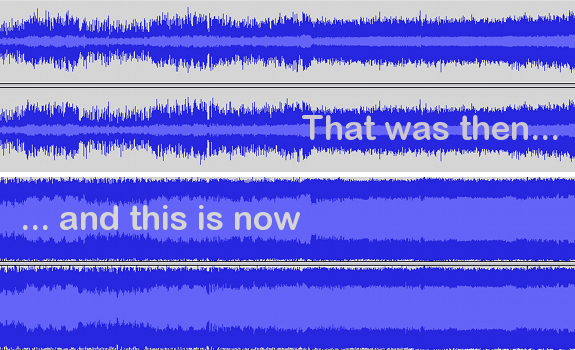
While the music industry is still compressing music a lot, the radio industry loudness war seems to be over its peak as worldwide, many radio stations are going back to a much cleaner and more hi-fi sound (image: Thomas Giger)
Modify low-budget sound processors
I’ve always been fascinated by audio signal processing, because it gives your station an edge and creates an image for your brand – even when radio listeners only perceive the on-air sound on a subliminal level, which is inherent to our medium. What are dos and don’ts of professional sounding radio today? To find the answer, I’ve talked with experts of two sound processing manufacturers during the IBC 2013. In this first interview, we’ll meet Orban Sales and Technical Support Engineer Dennis van Benthem. He began his career as a deejay and ‘tech guy’ at local stations, and loved to tweak cheaper compressors to get more out of them. A Behringer Combinator was his favorite: “It was a great thing, a 4-band audio processor. I did some modifications on it to create a signature sound and a louder signal.”
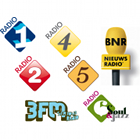 Expand your technical CV
Expand your technical CV
He went to work for the Dutch public broadcaster’s technical division, where he set up the processing for Radio 1, Radio 2, 3FM, Radio 4, Radio 5 and Radio 6. Later he moved to BNR Nieuwsradio to do everything from board operation to overseeing the station sound. Since the summer of 2013, he’s on the air himself again – that is, flying around the world for Orban to consult stations. At the time of this interview, he’d just been to Australia and China.
Monitor sound processing developments
Looking at different radio markets you’ve been to, do you see universal trends in audio processing?
“I think that we’ve had the loudness war that started in the 1990s in Europe – which had followed the US”, Van Benthem recalls. Especially in France and Holland, stations tried to sound as loud as they could. “The Dutch [radio people] have always loved to hear the processor on the air. There has been a period when radio wasn’t fun to listen to, as they wanted to get over the top. Now they get a bit more clean again.” He sees the introduction of DAB+ in the Netherlands in September 2013 as one of the reasons: “You can now compare digital radio to FM, and notice that digital radio in a low bit rate sounds better than FM! Stations are now trying to get the hi-fi sound back on the FM.”
“The power of the Optimod is
that it sounds very consistent”
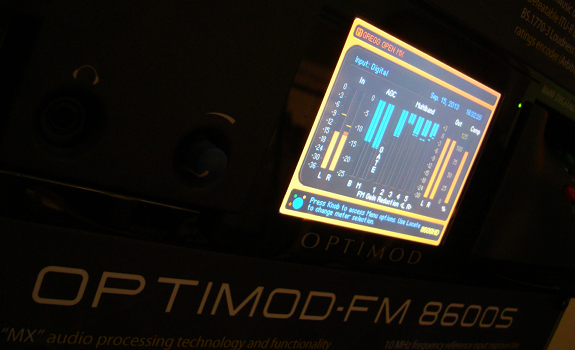
The Optimod-FM 8600 is Orban’s latest digital audio processor for radio broadcasting (photo: Thomas Giger)
Optimize studio-transmitter signal transport
The link from studio to transmitter is just as important as having a top-notch audio processor: “It determines the amount of loudness you can create.” Nowadays, optical (glass fiber) cables are a good and affordable way to ensure a high-quality linear audio distribution to your transmitter site because they’re fast. This makes heavy data compression obsolete. “The MPEG distortion is now gone, which helps a lot in getting your signal more clean. You get less audio distortion when you crank up your sound processor.”
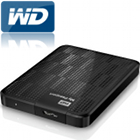 Use top-quality source material
Use top-quality source material
Of course, the sound quality of your music database matters most of all. Many stations set up their automation system during the 1990s, when hard drives were expensive, so compression was necessary to get all songs on them. As you now can get a 1TB hard disc for under $ 80,- most radio stations build a new music database of linear audio files: “They’re ripping CDs all night to get the original material back. That’s a good thing.”
Build a consistent sound
It probably helps that most won’t play more than 500 songs :-). Speaking of importing CDs… today’s singles and albums have way more dynamic range compression than they used to have. How much can you get out of your processing when a typical Lady Gaga song looks like a sinus with a flat roof?
“A multiband compressor ‘recognizes’ the music and doesn’t add compression when it’s not needed. If you have a dynamic record from the 1970s – such as John Miles, The Jacksons or Earth, Wind & Fire – it uses some more multiband compression to get it in line with the sound that you’ve set for your station. I think the power of the Optimod is that it sounds very consistent. In my public radio days, I have had the opportunity to try out many audio processors from different brands. To me, the Optimod was always the winner in getting your signal most consistent and loud.”
“Choose your reference levels wisely”
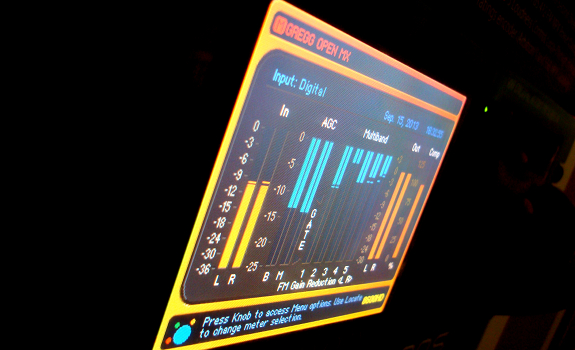
The LCD screen of the Orban Optimod-FM 8600 shows levels of the input and output signal (photo: Thomas Giger)
Leave high-end processors alone
Is it still common to use several other devices in combination with your main processor, like having a complete audio chain in a high processing rack?
“It’s no longer necessary”, Dennis van Benthem replies, as separate stereo expanders, equalizers and automatic gain controls have become obsolete. “Since the introduction of the Optimod-FM 8400 you have all tools in one unit. In addition, all different parameters communicate with each other, which results in a better signal.” That was not the case with separate units: “It was a real challenge to make them all work together. Another disadvantage of analog was that over time, your settings would begin to deviate, so you had to calibrate devices again.” The audio engineer’s advice is to not put other devices in front of your main audio processor. “In the early days of analogue connections between a radio studio and transmitter site, it was common to have an additional leveler in front of the Optimod to achieve a better signal-to-noise ratio, but that has been solved by today’s digital connections.”
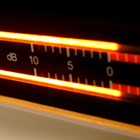 Set standard output levels
Set standard output levels
The sound engineer finds it important to choose the right reference level for each source’s sound pressure, as most radio stations employ self-supporting presenters who run the board, but don’t have a technical background. “There are different levels for jingles, music, commercials. All of them should stay below 0 Decibel, because otherwise it will result in cracks and distortion. So choose your reference levels wisely.”
Consider using standard levels
What are the best levels for a great mix of speech & music when using an audio processor?
- modern, more compressed music anywhere between -12 and -18 dBFS
- older, more dynamic music up to an average of -9 dBFS
- mics and phone lines up to an average of -6 dBFS
“With your input referent setting around -9 dB, this should work fine. It takes a lot of time to set his up [in your radio automation system]. But if I could build a radio station from the ground up, I would do it like this.”
“A good link is still a matter of
creative imagination”

Even if radio automation guarantees perfect transitions, doing it live by mixing jingles, songs and other audio directly from the broadcast console is a much greater kick for self-support presenters and board ops (photo: Thomas Giger)
Balance music & speech well
Should microphone signals go through separate mic processing before?
“Yes. Auditory masking in jingles, promos, commercials and music makes that in general, vocals are being processed a lot. If you wouldn’t use voice processing for presenters, this difference would be noticed.” The sound consultant adds that most digital audio mixers come with built-in mic processing, like compression, de-essing and equalization. And newer-generation Optimods have the ability to process spoken voices separately through a speech detector. “This allows you to give your on-air voices more impact and over-compressed music less impact. The Optimod will inaudibly switch to your speech settings when spoken word is detected, and the switch back to the music settings once the music comes up again.”
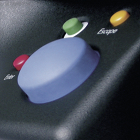 Use processing for correction
Use processing for correction
Do you have tips for blending talk, music and jingles through processing?
“Listen to what happens, and play with it. Unfortunately it’s hardly ever done nowadays. Before broadcast automation came along, you’ve had to mix audio from different sources yourself. Now, most links are automated through pre-defined cue points. Processing is now a correction tool; the Optimod does what a jock did before and stations set up the audio processor accordingly.”
Do (some) segues live
What are good ways to create perfect transitions between songs and station imaging manually?
“I would say: experiment! Processing can help you, but a good link is still a matter of creative imagination. ‘How can I use this intro; can I put a sweeper on top of it, can I quickly mention the artist name in the very last second?’ It’s a form of creativity that has become rare, and I think that’s a pity. Most radio stations have prepared their playlist, including jingles and promos, completely. That’s fine for the continuity of the station, but in terms of a ‘radio feeling’ during your show it’s a bit dull. Maybe I’m a old school here, but it was so much fun when you perfectly timed a junction between a jingle played from NAB cartridge or MiniDisc, and a song from a record or CD! You had to estimate the volume levels for each element beforehand, so each of them would sound great in combination with your audio processing. That excitement could be felt on the air, and was probably also perceived as such by the audience.”
“You only realize it when it’s gone”
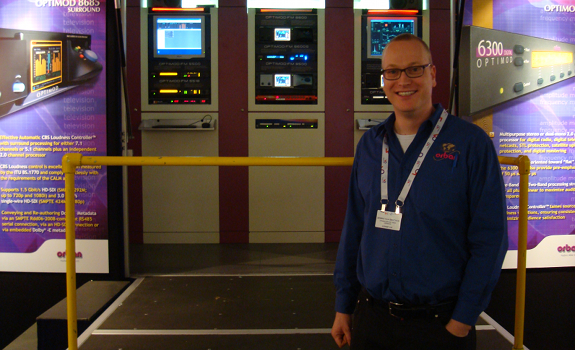
Optimod expert Dennis van Benthem, here standing in front of the Orban booth at the IBC 2013, speaks about the psychoacoustic effect of audio processing as part of a radio station’s signature sound (photo: Thomas Giger)
Focus on long-term effects
Finally, do you have tips for program directors who want to improve their station’s on-air sound?
“Please stay in contact with your engineer, hahaha. Communicate, so you’ll all have one goal – not like when the station engineer is doing his thing, and the program director is doing his own.” Dennis van Benthem also makes clear that stations should always think of the long-term effect of their on-air sound, because heavy processing causes fatigue. (Needless to say, tired listeners will tune out, which can affect the average Time Spent Listening or Average Quarter Hour Share.) “If you want ultimate loudness, you’ll probably get some distortion and your listeners run away without giving a specific reason, as it’s caused by psychoacoustics.” His third tip is to always get your on-air sound aligned with your station’s goal.”
 Sound comfortable; not disruptive
Sound comfortable; not disruptive
Most radio stations are better off when they sound tight and comfortable, instead of pumping and annoying. “If your audio signal has a lot of density and some clipping, you’ll get distortion.” The processing expert laughs while saying that “it’s easy to let your on-air signal sound clean and perfect, but it’s just as easy to let it sound completely horrible and distorted by turning up your signal processing way too much.”
Integrate on-air processing & stationality
How important is audio processing in the total spectrum of what’s heard on a radio station, which also includes your imaging, music, jocks, and so on?
“Not many people realize how important it is. For the last 20-30 years it’s always been there”, Van Benthem says about the psychoacoustic effect of processing. The audio engineer thinks that just like jingles, songs or presenters, we can see sound processing as part of the complete station image on the air. He knows that many listeners won’t notice small changes in on-air processing, but expects them to (subconsciously) catch the vibe of a radio brands’ audio signature anyway. “It’s like a sound that you hear every day without thinking of it. You only realize it when it’s gone.”





Thank you for your nice comment and good addition, Gavin! Pleasure to hear it was a good read for you!
Nice article Thomas. I’ve been passionate about audio processing and broadcast for years.
I’m a firm believer in less is more. Now with digital here there is no real reason for the loudness war. I think it’s important those running DAB multiplexes should be the final ones in control of levels so as loudness wars can not be controlled by individual stations.
I like your idea of reference levels in the studio. I still use VU metering and base a reference of – 20dBFS for a 1KHz sinewave at 0VU (usually +4dBU). This works out roughly to what you have discovered with where peak levels tend to be in live programme material on a digital device. There’s almost no need for an AGC with a well stored library and microphone processors in the studio.
Setting segues and voice ducking based on VU levels, not peak, also helps provide a consistent loudness for these events. This allows you to hit your processors sweet spot for segues when the AGC is more or less frozen.